Chemistry
Sign up for our newsletter
We summarize the week's scientific breakthroughs every Thursday.
-
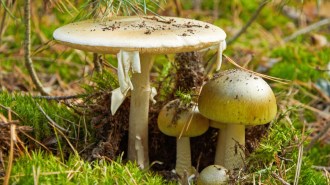 Health & Medicine
Health & MedicineScientists may have found an antidote for death cap mushrooms
A dye countered the effects of a mushroom toxin in human cells and mice. If the antidote does the same in people, it has potential to save lives.
-
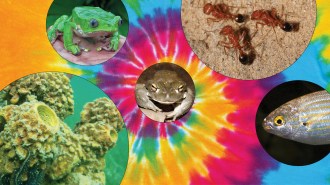 Animals
AnimalsThe Sonoran Desert toad can alter your mind — it’s not the only animal
Their psychedelic and other potentially mind-bending compounds didn't evolve to give people a trip.
-
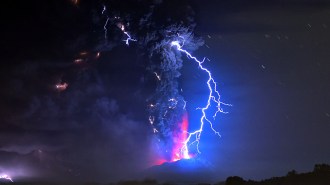 Life
LifeAncient giant eruptions may have seeded nitrogen needed for life
A new study bolsters the idea that on the young Earth volcanic lightning may have provided some materials that made it possible for life to emerge.
By Bas den Hond -
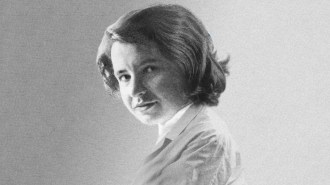 Genetics
GeneticsWhat was Rosalind Franklin’s true role in the discovery of DNA’s double helix?
Two researchers say that Rosalind Franklin knowingly collaborated with James Watson and Francis Crick to discover the molecular structure of DNA.
-
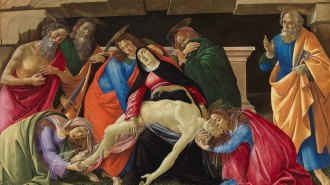 Chemistry
ChemistryHere’s why some Renaissance artists egged their oil paintings
Some Renaissance artists created eggs-quisite paintings by adding yolks to oil paints, which may have helped add texture and prevent yellowing.
By Jude Coleman -
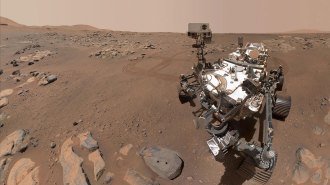 Space
SpaceWhat has Perseverance found in two years on Mars?
NASA's Perseverance rover has turned up volcanic rocks, signs of flowing water and some of the materials necessary for life.
By Liz Kruesi -
 Physics
PhysicsWater is weird. A new type of ice could help us understand why
A newfound type of amorphous ice with a density close to liquid water could help scientists make sense of water’s quirks.
-
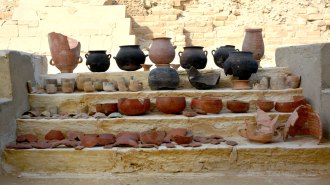 Archaeology
ArchaeologyChemical residue reveals ancient Egyptians’ mummy-making mixtures
Chemical clues in embalming vessels reveal previously unknown ingredients used to prepare bodies for mummification and their far-flung origins.
By Bruce Bower -
 Environment
EnvironmentRecycling rare earth elements is hard. Science is trying to make it easier
As demand grows, scientists are inventing new — and greener — ways to recycle rare earth elements.
By Erin Wayman -
 Environment
EnvironmentRare earth elements could be pulled from coal waste
The scheme would provide valuable rare earth metals and help clean up coal mining’s dirty legacy.
By Erin Wayman -
 Chemistry
ChemistryThese chemists cracked the code to long-lasting Roman concrete
Roman concrete has stood the test of time, so scientists searched ruins to unlock the ancient recipe that could help architecture and climate change.
-
 Chemistry
ChemistryHow rare earth elements’ hidden properties make modern technology possible
Because of their unique chemistry, the rare earth elements can fine-tune light for many different purposes and generate powerful magnetic fields.
By Nikk Ogasa